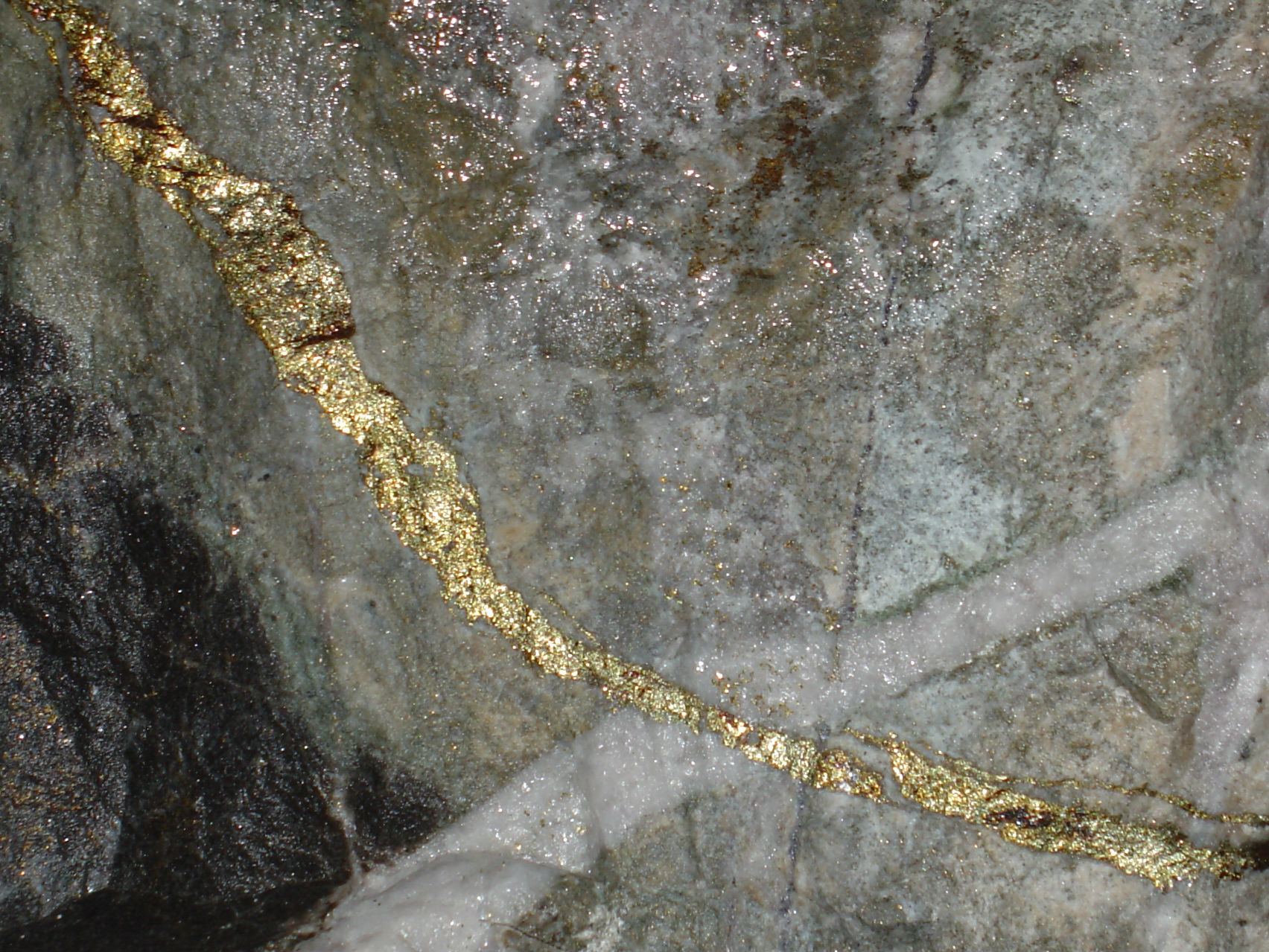When a gold prospector goes out in search of gold, he or she may pan in streams and other water sources or the person may dig in search of veins of gold. But, how did the gold get there?
The gold that you find at Roaring Camp Gold was likely part of the earth for millions, or even billions of years. And, it was likely much closer to the core of the earth. However, thanks to the volcanic activity deep beneath the surface of the earth, the gold is pushed upward, much closer to us, and therefore within our reach. When the gold is pushed upward, it often forms veins within the crust of the earth. When steam and hot water are pushed upward toward the surface, some of that gold hitches a ride.
When the steam is pushed through cracks at the ocean floor, it comes into contact with the much colder water and takes liquid form. The heavy gold then settles to the ocean floor where it stays, until gold prospectors happen upon it.
Water springs can also pull gold from the veins beneath the surface. These springs then feed the rivers and streams that we bring out gold pans to. The gold flakes are dispersed into the water and settle at bottom, awaiting discovery. These are called plasser deposits, and that is exactly what we are searching for when we go panning at Roaring Camp Gold.
Many of these veins of gold were formed by the volcanic action deep within the earth millions or even billions of years ago. It takes all of that time for water sources to pull the gold to the surface and into the bodies of water. Large scale miners, dig for the gold, not relying on the natural action of the water and steam. But, it is incredible to realize that the nugget laying in your pan has been around longer than mankind.

